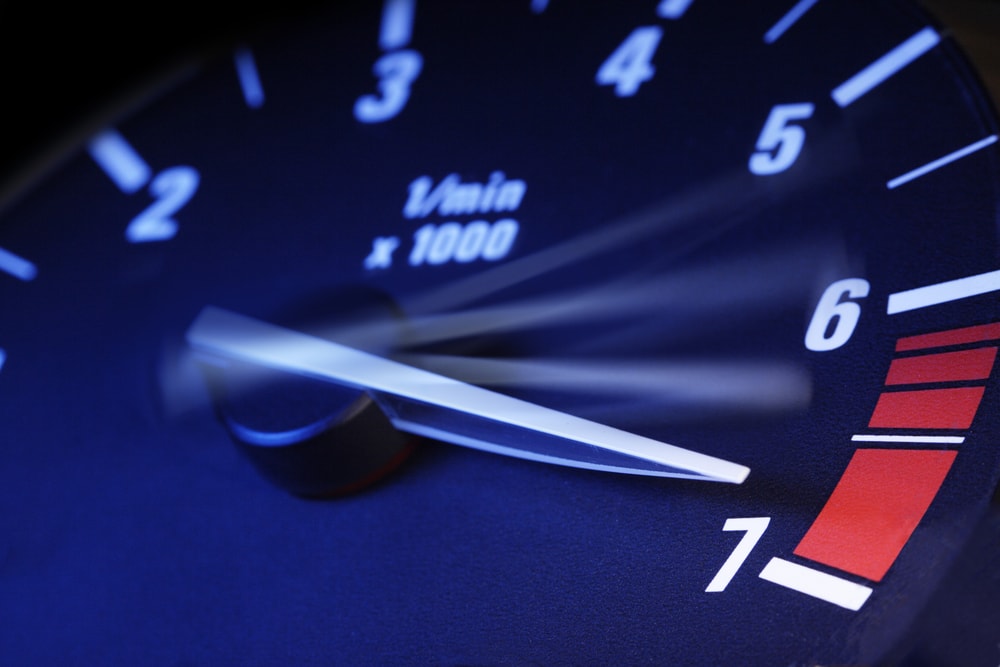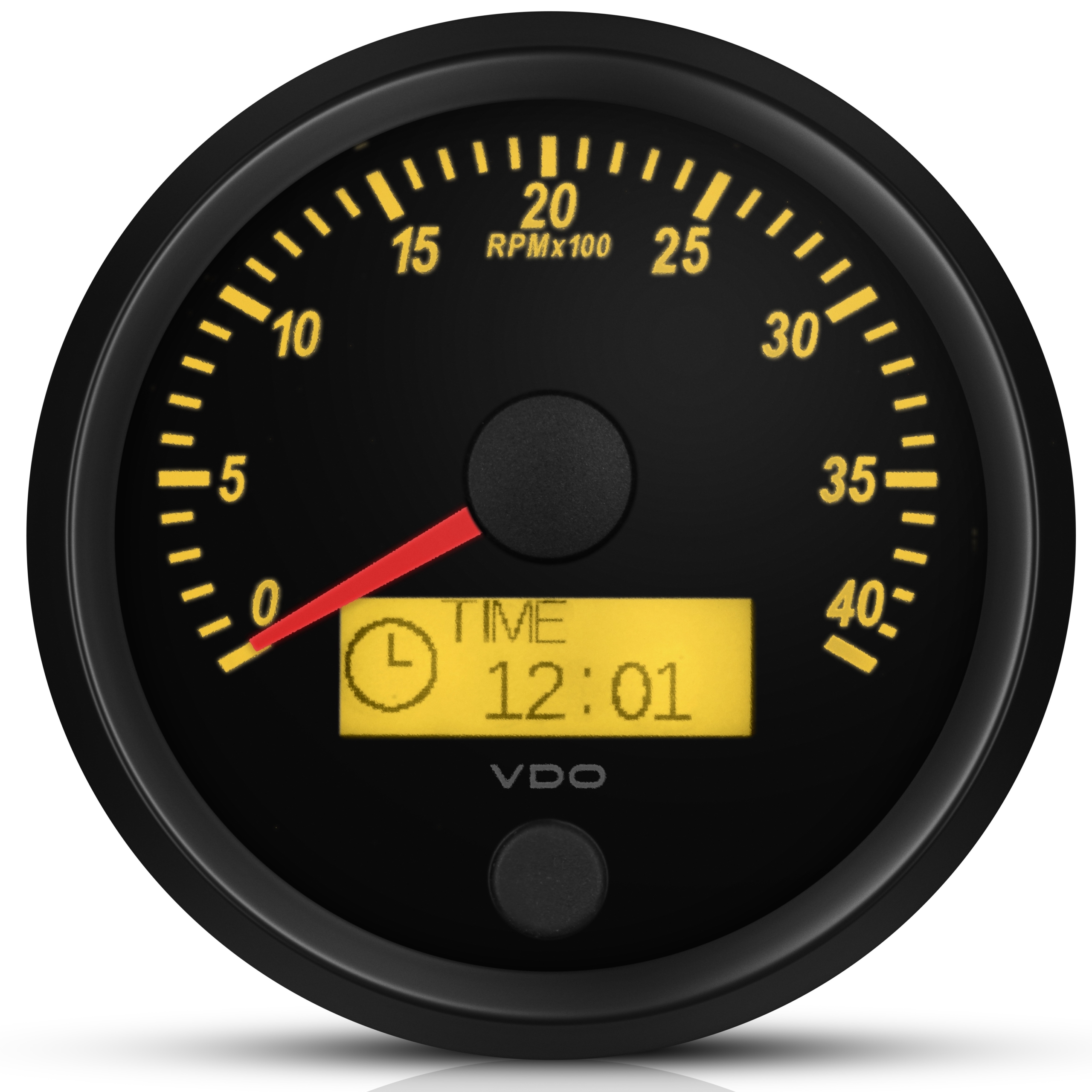Unlocking the Tricks of Tachometers: Whatever You Required to Find Out About This Crucial Instrument in Your Car
Recognizing the ins and outs of tachometers can provide important insights into your car's performance and maintenance requirements. From measuring engine rate to figuring out the information it provides, tachometers function as an important tool for car proprietors and fanatics alike. By unwinding the enigmas behind this crucial instrument, you can open a riches of info that can improve your driving experience and ensure the longevity of your vehicle.
Importance of Tachometers
The relevance of tachometers depends on their capacity to provide essential real-time information about an engine's rotational speed, permitting accurate monitoring and maintenance of machinery. By measuring the revolutions per minute (RPM) of an engine's crankshaft, tachometers provide valuable insights into the engine's efficiency - tachometer. This information is crucial for ensuring that the engine operates within its optimal array, avoiding possible damage from over-revving or underperforming
Tachometers play a crucial duty in helping drivers and technicians find any abnormalities in the engine's rate, which might indicate problems such as gas inefficiency, mechanical problems, or extreme pressure on the engine. By without delay determining these issues with tachometer analyses, maintenance can be done proactively, stopping expensive fixings and downtime in the lengthy run.
Additionally, tachometers are especially crucial in high-performance lorries and machinery, where precise control over engine speed is required for optimum operation. Racing autos, aircraft, and industrial devices rely upon tachometers to provide peak performance while preserving security standards. Basically, tachometers are not simply tools for determining speed but indispensable tools for guaranteeing the smooth and reliable procedure of engines throughout numerous applications.
Exactly How Tachometers Procedure Engine Speed
Making use of sensing units that discover the regularity of electric pulses created by the engine's ignition system, tachometers properly gauge the rotational rate of an engine. By monitoring the price at which these pulses are obtained, tachometers give real-time feedback on how quickly the engine's crankshaft is revolving per minute, typically referred to as transformations per min (RPM)
The tachometer's sensor, often linked to the engine's ignition coil or ignition system cables, gets the electric signals generated each time a cyndrical tube discover this info here fires. These signals are after that exchanged RPM analyses showed on the gauge or tool cluster within the chauffeur's sight. Tachometers can be analog or electronic, with modern-day vehicles commonly featuring digital screens for precise and rapid RPM readings.
This info is critical for chauffeurs to recognize the engine's efficiency, stop over-revving, enhance gear shifting, and ensure reliable gas usage. By properly determining engine speed, tachometers play an important role in helping motorists run their vehicles securely and effectively.
Translating Tachometer Readings
Having a clear understanding of exactly how tachometers determine engine rate sets the structure for efficiently translating the RPM readings displayed. Analyzing tachometer readings is essential for ideal lorry performance and engine wellness. When the engine is idling, the tachometer needle normally rests around 600-1000 RPM, depending on the lorry.


Tips for Making Use Of Tachometers Properly
To enhance driving efficiency and optimize engine efficiency, what secret approaches can be carried out for properly see post utilizing tachometers? Tachometers are vital tools that offer real-time responses on engine speed, making it possible for motorists to make informed decisions for much better efficiency - tachometer. Here are some suggestions for utilizing tachometers successfully:
Comprehending Ideal RPM Variety: Acquaint on your own with the ideal RPM (Changes Per Minute) variety for your vehicle. This array ranges different vehicles and is normally shown in the owner's manual. Maintaining the engine within this variety can improve fuel efficiency and prolong the engine's life-span.
Moving Equipments at the Right Time: Make use of the tachometer to establish the best time to shift equipments. Aim to move equipments when the RPM gets to the optimal array click for more for the next gear.
Monitoring Engine Tension: High RPMs for long term periods can strain the engine. Keep an eye on the tachometer to avoid over-revving, specifically during velocity or when bring heavy lots.
Tachometers and Car Upkeep
When taking into consideration vehicle maintenance, tachometers play an important role in keeping track of engine efficiency and detecting prospective problems. Tachometers supply necessary data on engine rate, allowing chauffeurs and mechanics to make sure that the engine is running within the suggested RPM array.
In enhancement to detecting prospective issues, tachometers can likewise aid in enhancing fuel efficiency. By keeping the engine speed within the ideal variety, drivers can boost their gas mileage and decrease gas usage. This not just benefits the motorist's wallet but likewise contributes to environmental preservation by reducing harmful emissions.
Final Thought
